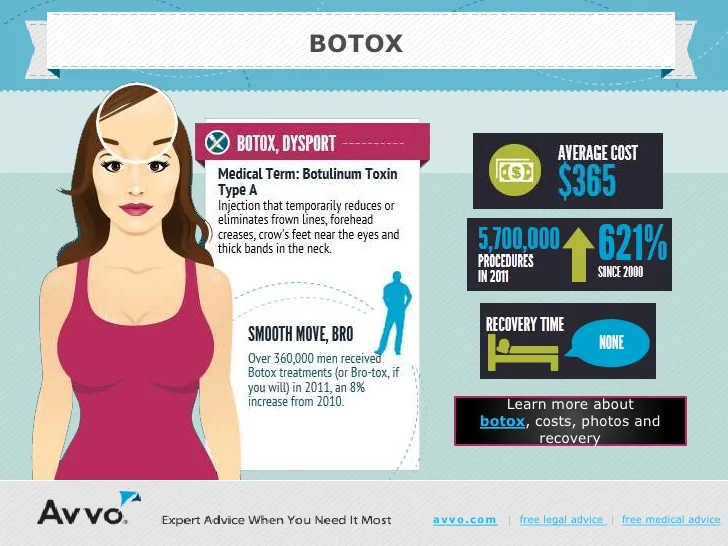Hormonal acne is characterized by clogged pores and oily skin that typically shows up on the chin and jawline. It happens when hormonal adjustments activate inflammation and microbial overgrowth within hair roots.
Breakouts may appear as whiteheads, blackheads, papules or pustules and cysts or nodules in much more serious situations. It is a lot more typical in teenagers experiencing the age of puberty yet can influence grownups of any kind of age.
What Creates Hormone Acne?
While acne can be brought on by a selection of variables, consisting of making use of hair and skin treatment items that aren't oil-free or made with active ingredients that can block pores, hereditary tendency, diet plan,2 and anxiety, the source is varying hormones. Hormonal acne occurs when the body experiences hormonal adjustments and variations that bring about an overflow of sebum, which creates swelling, boosted development of germs and modifications in skin cell activity.
Hormonal acne is frequently found on the lower jawline, cheeks and neck yet can show up anywhere on the body. It is identified by acnes that are cystic, agonizing and loaded with pus or various other material. It is also more likely to occur in females than males, specifically throughout adolescence, the menstrual cycle, maternity or menopause.
Age
While several youngsters experience acne eventually during puberty, it can remain to torment grownups well into adulthood. Called hormone acne, this type of breakout is tied to fluctuations in hormonal agents and is normally most typical in women.
Hormone acne takes place when oil glands create too much sebum, which clogs pores and catches dead skin cells. This causes the formation of blemishes, such as whiteheads, blackheads and papules, pustules, cysts or blemishes, deep under the surface area.
This kind of blemish usually creates pain, redness and inflammation. It might likewise be cyclical and show up around the exact same time each month, such as right prior to your duration starts. This is due to the fact that degrees of female hormones like progesterone and oestrogen rise and fall with each menstrual cycle.
Menstrual Cycle
Hormone acne usually appears in the reduced part of your face, along the jawline and cheeks, as whiteheads, blackheads or inflammatory acnes (pimples and cysts). It's more than likely to appear around the time when your menstruation modifications.
Especially around ovulation, when estrogen and progesterone degrees are on the surge, hormone fluctuations can create breakouts. But it's additionally possible to get acne at any type of point throughout your 28-day menstruation.
If you notice that your hormone acne flares up right before your duration, try seeing when precisely this happens and see if it connects to the phases of your 28-day menstruation. This will aid you identify the root causes of your skin difficulties. For example, you might wish to work on stabilizing your blood sugar and removing high-sugar foods, or think about a prescription medication like spironolactone that can control your hormones.
Maternity
Growing a child is a time of dramatic hormone modifications. For several ladies, this consists of a flare-up of hormonal acne. This sort of breakout typically starts in the first trimester, around week 6. hair botox It's brought on by hormone rises that promote sweat glands to make more oil, which can obstruct pores and trigger even more germs to accumulate.
Breakouts might likewise take place as a result of pre-existing conditions like polycystic ovary disorder, which can also be a problem during pregnancy and menopause. Likewise, some sorts of birth control pills (such as Ortho Tri-Cyclen and YAZ) can cause hormonal acne in some ladies.
Thankfully, a lot of acne treatments are "no-go" for expecting females (including preferred acne-fighting ingredients such as isotretinoin and spironolactone). Yet if you can't prevent those annoying bumps, your physician might prescribe dental erythromycin or cephalexin, which are secure during pregnancy.
Menopause
As females approach menopause, the estrogen levels that created their hormone acne to flare throughout puberty begin to maintain and decrease. At the same time, nevertheless, a spike in androgens (also referred to as male hormonal agents) occurs since these hormonal agents can not be converted into estrogen as successfully as in the past.
The excess of androgens can activate oil manufacturing by the sebaceous glands, which blocks pores. When the clogged up pores become irritated and aggravated, a pimple types.
Hormone acne is commonly seen on the face, particularly around the chin and jawline, however it can take place on the neck, back, shoulders, or chest. This kind of acne often tends to flare up in a cyclical pattern, comparable to the menstruation. Stress, which enhances cortisol and tosses hormonal agents out of balance, also contributes to the outbreaks.
